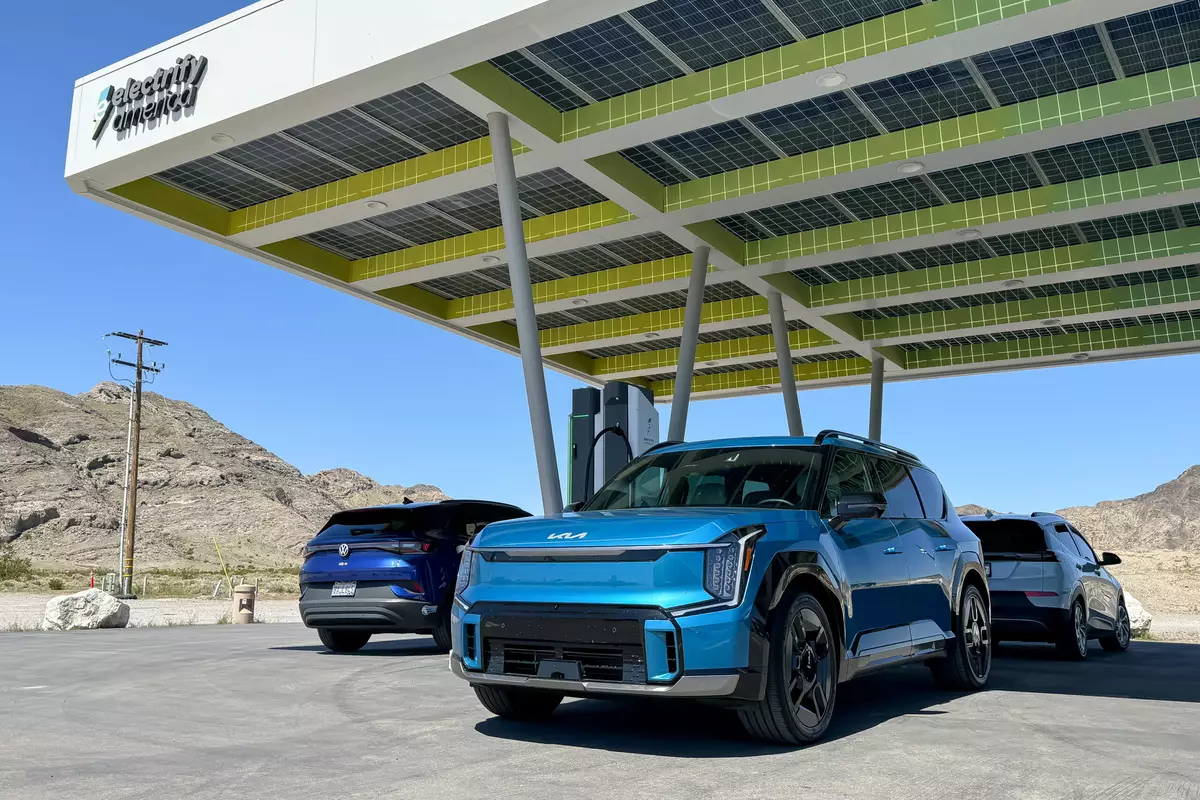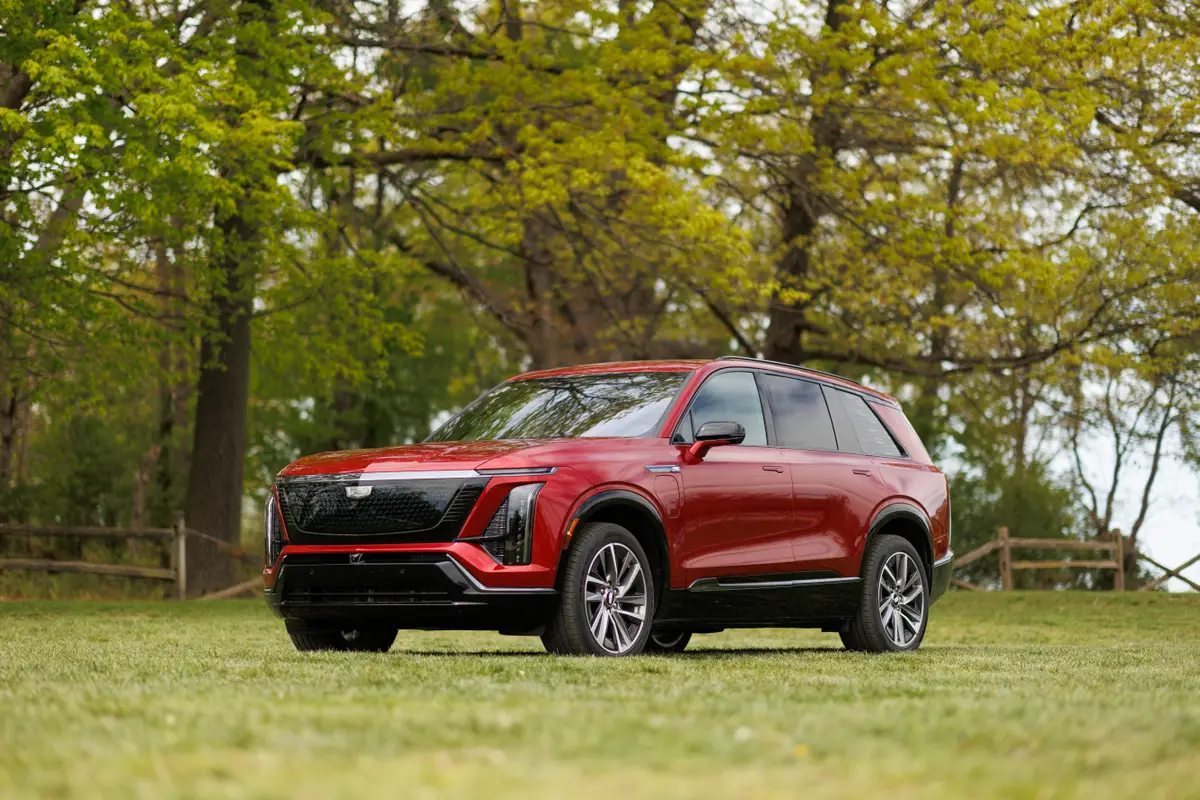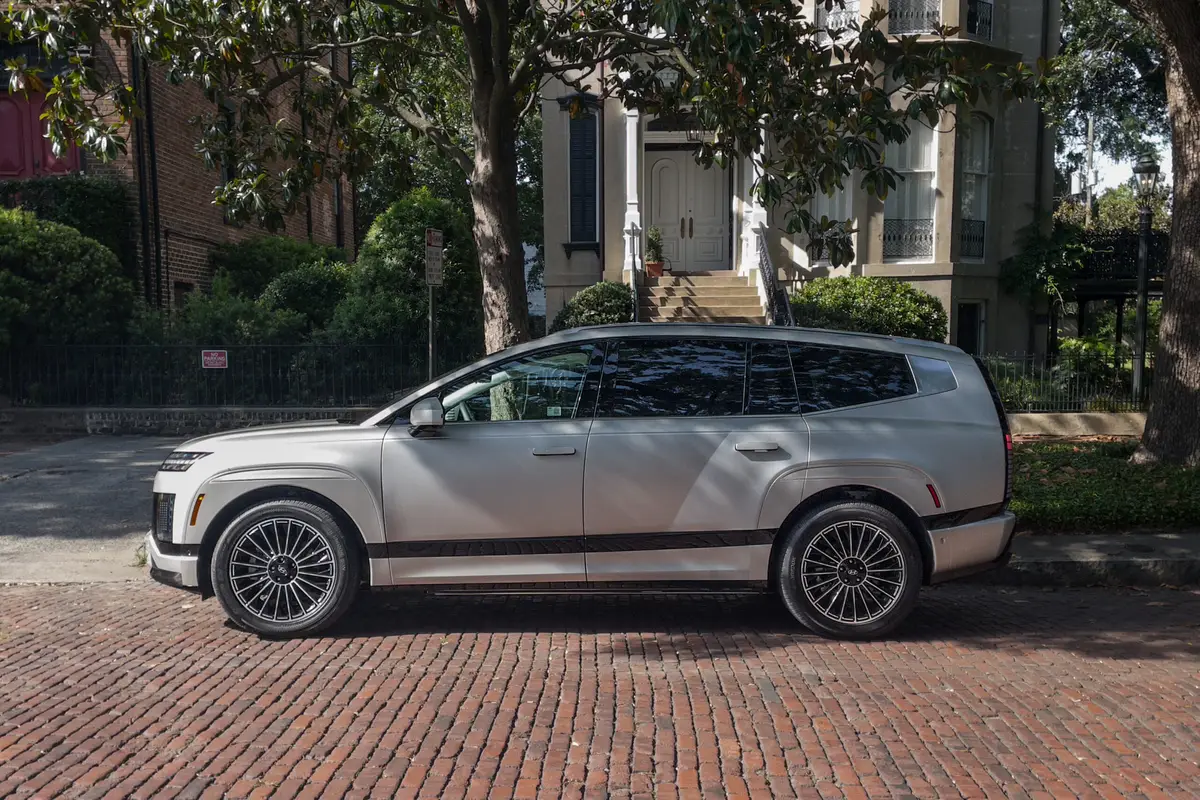Boston.com's view
BIRMINGHAM, Ala. — Its German engineers may not want to hear this, but the 2006 Porsche Cayman S is the Swiss Army Knife of high-performance sports cars.
It is sharp in appearance, electronically honed, capable of carving the tightest of corners at high speed, and it slices straightaways like a blade through silk. Plus, it’s utilitarian.
You can haul golf bags or a week’s worth of luggage in the Cayman, even as you and a companion are tucked with comfortable tightness into its cockpit.
This utility is a grand feat for a car that, as testing here showed, can rumble surely off the steep, snaking hills outside Birmingham straight onto the twisting, undulating race course — so tight that motorcycle racers feel right at home — at Barber Motorsports Park.
Indeed, once on the racetrack you can immediately go very, very fast. This rarity, a mid-engine coupe, is so intuitive to drive, so centered in hard cornering, so much stiffer than a convertible, that the learning curve for handling its six-speed manual transmission and 295 horsepower is a mere quick kink in the road. It was harder to learn the intricacies of this racetrack than the dynamics of the Cayman.
I got it through sweeping corners so hard that my cheek — sloppily supplicant to G-forces — felt like it was trying to leave my face. Probably not a pretty picture.
But oh, what a pretty car.
To parse its pedigree, go immediately to the Porsche 550 Coupe developed for racing in the mid-1950s. Note the similarity of the rising front fenders. See how the rear fenders bulge so high that the sloping rear deck hatch disappears behind them (uncommon for Porsche). Check out the grille of the 550 where it sits over the rear deck, and note that the Cayman’s rear window cleanly replaces that grille.
Beneath that rear lid is a storage shelf with a net to hold cargo down, and, behind that, a deep, wide well of cargo space. And there’s more up front. Safety features include front, side, and side head air bags.
Loaded for a holiday jaunt or a romp on the racetrack, the Cayman is powered by a 3.4-liter ”boxer” 6-cylinder engine. Derived from the Boxster series (as is the Cayman itself), it nonetheless has key doses of 911 components: cylinder heads and VarioCam Plus, the latter of which alters valve openings from 3.6 to 11 millimeters, depending on demand. In my experience, it’s like getting a booster shot of power between each gear.
The 6-speed manual (a 5-speed Tiptronic is available) is also from the Boxster, yet its two lower gears are eaten up more quickly, getting you up to speed (0-60 in 5.1 seconds) about a half-second more rapidly than would a Boxster S.
Porsche’s stability management is standard, though for around $2,000 more, an ”active” version, which can be set for more refined, faster driving, is available.
And a Sports Chrono Package offers further dynamic agility by ”mapping” power and brake performance for better input and response when the car is being pushed to its limits. And as I learned, those limits are far beyond where most folks will ever take this car.
Porsche, looking to fill the gap between its entry-level Boxsters and more expensive 911s, is giving us the pricier S version ($58,000-$70,000) of the Cayman and will follow it in months ahead with a less expensive base model.
For me, and the professional Porsche racers who guided us in these tests, there did arise one obvious question: If this car is so well-balanced, so stable, so centered and responsive, what would it be like with a more powerful 911 engine sitting amidships? There’s a transplant that, I predict, will happen shortly after it hits dealerships in mid-January.
Latest news


2026 Cadillac Vistiq Review: Luxuriously Normal

